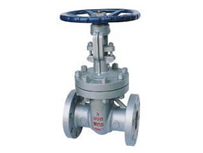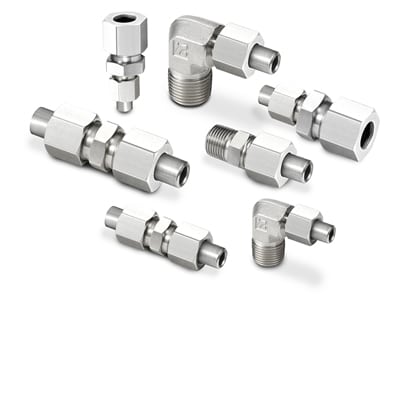An engineering industry staple for its high strength, resistance to corrosion, and ease of maintenance, stainless steel is one of the materials used to make stainless steel valves. There are several applications for the stainless steel valve in machinery and equipment, from commercial to household settings. Let’s examine its nature and potential applications in more detail.
What is Stainless Steel Valve?
Valves composed of stainless steel are known as stainless steel valves. This substance is an iron alloy that has been strengthened and made more corrosion-resistant by the addition of chromium, nickel, and other elements. Due to these robust characteristics, stainless steel can endure extremely high or low temperatures, making it perfect for usage in industrial settings like chemical or oil refineries. Additionally, because of its non-corrosive qualities, it can be used in homes for things like kitchen sinks and plumbing fixtures.
Stainless Steel Valve Uses
Industrial applications frequently use stainless steel valves. They are mostly utilised to regulate the flow of gases or liquids inside of machinery or equipment. In these situations, they serve as gates that open or close based on the pressure that the liquid or gas moving through them applies to them. They can also be used as diverters to move liquids without stopping the flow from one area of the machine to another. They are also very resistant to shock and abrasion damage, which makes them perfect for heavy-duty machinery in demanding settings like mining operations.
Conclusion
Due to its resistance to corrosion and great strength, stainless steel valves are used extensively in both industrial and domestic settings. They can be employed as gateways or diverters to safely manage the flow of liquids or gases inside of machinery or equipment without interruption from external sources, such as shock damage brought on by abrasion or temperature fluctuations. Stainless steel valves are still one of the most popular materials among engineers today when creating new projects and fixing existing ones since they can be used in so many different practical applications.


